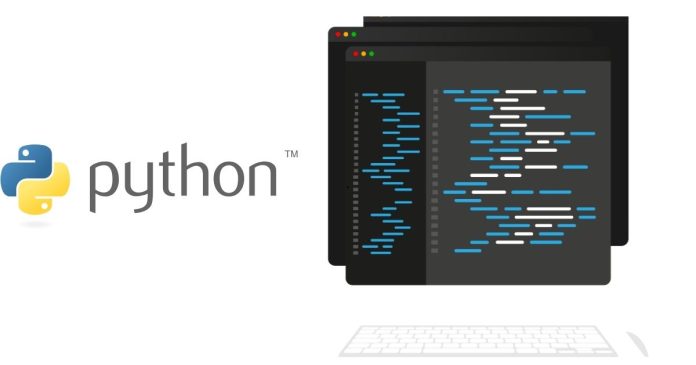In Python, string formatting is a powerful feature that allows you to create dynamic strings by embedding variables or expressions into them. One of the most commonly used methods for string formatting in Python is the %s operator. This operator is used to insert a string into another string, and it’s a part of the older string formatting method in Python.
In this blog post, we will take a deep dive into how %s works and explore some practical examples to help you master string formatting in Python.
What is %s?
The %s operator is used to insert a string or an object’s string representation into a string. The s stands for string, and this allows Python to format any object (even non-string ones) as a string when using this operator.
For example, if you want to insert a variable into a string, you can use the %s placeholder.
Basic Syntax
"Hello, %s!" % "Alice"
Output:
Hello, Alice!
In the above example, the %s is replaced by the string "Alice". Here, the string "Hello, %s!" is a template, and %s is a placeholder for the string "Alice".
String Formatting with Multiple Values
You can also use %s to format multiple variables within a string. To do this, you use parentheses () to pass a tuple of values.
name = "Alice"
age = 30
message = "Name: %s, Age: %s" % (name, age)
print(message)
Output:
Name: Alice, Age: 30
In this example, %s is used twice, and both values are passed as a tuple.
String Formatting with Different Data Types
While %s is specifically designed for string formatting, it can also handle other data types, converting them into their string representations automatically. For instance, if you use %s with an integer or a float, Python will convert the number into a string.
num = 100
price = 49.99
formatted_string = "The number is %s and the price is %s" % (num, price)
print(formatted_string)
Output:
The number is 100 and the price is 49.99
In the above example, even though num is an integer and price is a float, Python automatically converts them to strings before inserting them into the formatted string.
Padding and Alignment with %s
Python also allows you to control the alignment and width of the strings inserted using %s. You can specify the width of the string field, and whether the text should be aligned to the left or right.
For example:
name = "Bob"
formatted_string = "|%10s|" % name # Right-aligned with width 10
print(formatted_string)
formatted_string = "|%-10s|" % name # Left-aligned with width 10
print(formatted_string)
Output:
| Bob|
|Bob |
In this case, %10s pads the string to a total width of 10 characters, and the text is right-aligned by default. %-10s does the same but aligns the text to the left.
Advanced String Formatting with Dictionaries
If you want to use dictionaries with string formatting, you can use the % operator with the dictionary keys. Here’s an example:
person = {'name': 'Alice', 'age': 30}
formatted_string = "Name: %(name)s, Age: %(age)s" % person
print(formatted_string)
Output:
Name: Alice, Age: 30
This approach uses the dictionary keys (name and age) as placeholders and replaces them with the corresponding values from the dictionary.
Conclusion
The %s operator for string formatting is an older but still widely used method in Python. It allows you to insert string values, numbers, and even objects into strings easily. While newer methods like f-strings (introduced in Python 3.6) and str.format() are considered more modern and versatile, understanding the %s method remains valuable for working with legacy code or when a simpler formatting approach is needed.
By mastering the %s operator, you can effectively manage string formatting in Python, making your code more readable and dynamic. However, for more advanced use cases or cleaner code, consider switching to f-strings or str.format() in newer projects.
Happy coding!


